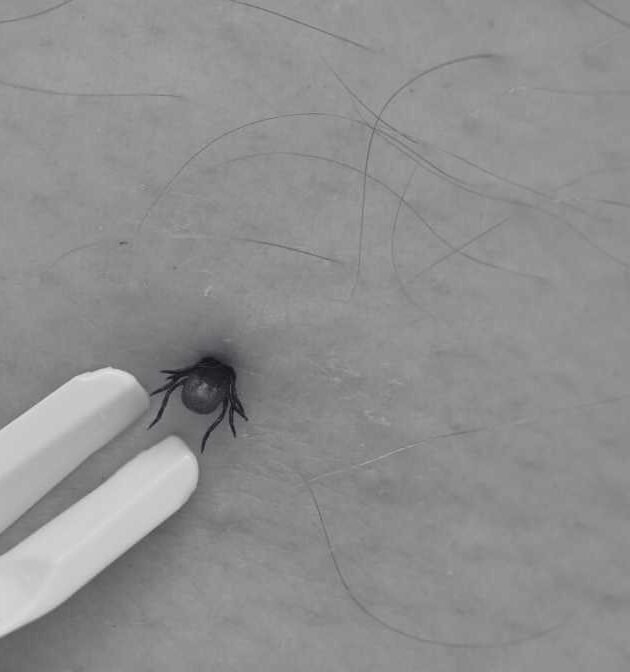
What You Need to Know About Bee Sting Treatment?
April 29, 2025
10 Cara Menghilangkan Pepijat Dengan Berkesan
May 4, 2025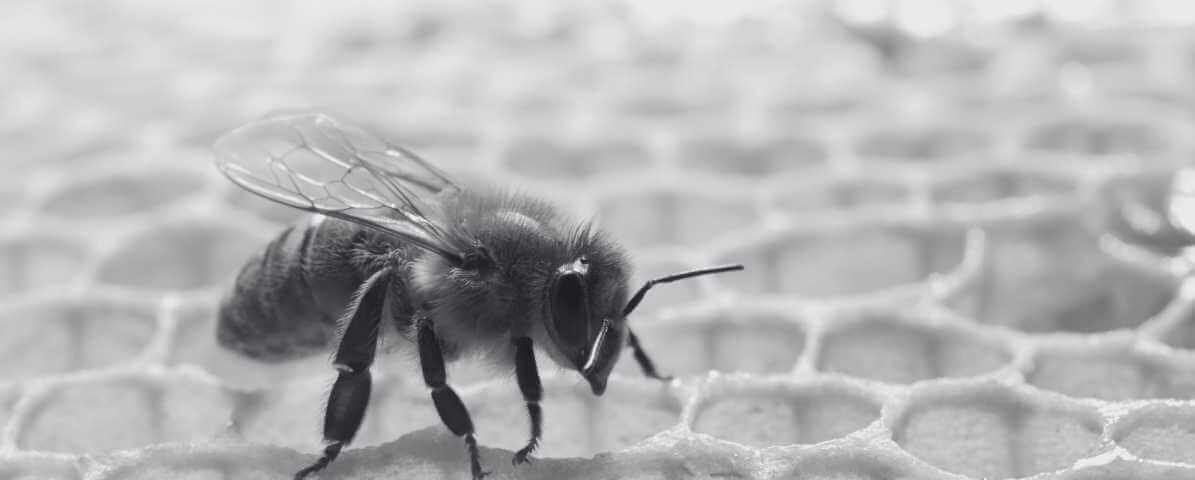
Bees Blog
The intricate bee life cycle and diverse roles they play within their colonies, appreciation for these busy bees deepens. Their importance goes beyond mere pollination, bees are foundational to the ecosystems they inhabit, supporting plant diversity and agricultural productivity.
Bees in Nature, Their Roles and Responsibilities Within a Colony
The Fascinating Busy Bee Life Cycle
Bees play a crucial role in ecosystems across the globe. As key pollinators, they contribute significantly to the reproduction of many plant species, ensuring biodiversity and food production. In Malaysia, where the lush landscapes are home to numerous plants and flowers, bees in nature are particularly vital. Their activities helps growth in plants, supporting variety of animals that depend on plants for food, maintaining ecological balance.
A bee colony operates with remarkable efficiency, characterised by the collective efforts of various bee species. Each member of the colony has specific tasks, forming a well-organised community that works together harmoniously. We dive into the bee life cycle and explore the distinctive roles of the queen bee, worker bees, and drones. Illustrating the fascinating processes involved in their development.
Introduction to Bees and Their Importance in Ecosystems
Overview of the Bee Life Cycle
The bee life cycle comprises four distinct stages: egg, larva, pupa, and adult. Understanding this cycle is key to appreciating how busy bees contribute to their colonies.
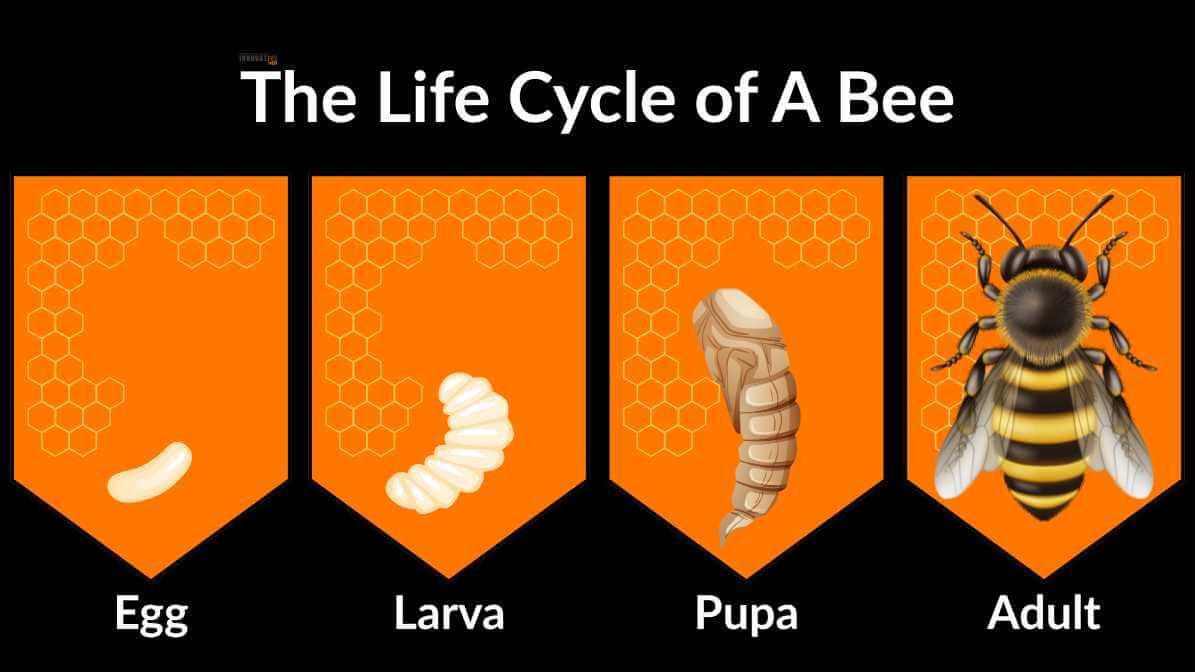
Bee Life Cycle: Egg Stage
The lifecycle begins when the queen bee lays eggs in hexagonal wax cells within the hive. Depending on whether the eggs are fertilise or unfertilised, they will develop into worker bees or drones, respectively. Fertilised eggs become female workers, while unfertilised eggs develop into male drones.
Bee Life Cycle: Larval Stage
After three days, the fertilised eggs hatch into bee larvae. During this stage, the larvae gets a diet rich in pollen and nectar. Receiving a special food called royal jelly for the first few days, which boosts their growth and development. Worker bees are responsible for feeding and caring for the larvae.
Bee Life Cycle: Pupal Stage
Following the larval stage, the larvae undergo a transformation into pupae, which lasts about a week. During this period, they develop their physiological structures, preparing to emerge as adult bees.
Bee Life Cycle: Adult Stage
After approximately 16 days for worker bees, the pupae emerge as adult bees. They will take on various roles within the bee colony, contributing to the hive’s success.
Define Roles For Each Busy Bee In Their Colony
Bee Life Cycle : Roles of the Queen Bee, Worker Bees and Drones
Within a bee colony, each type of bee has defined roles that are essential for their survival and productivity.
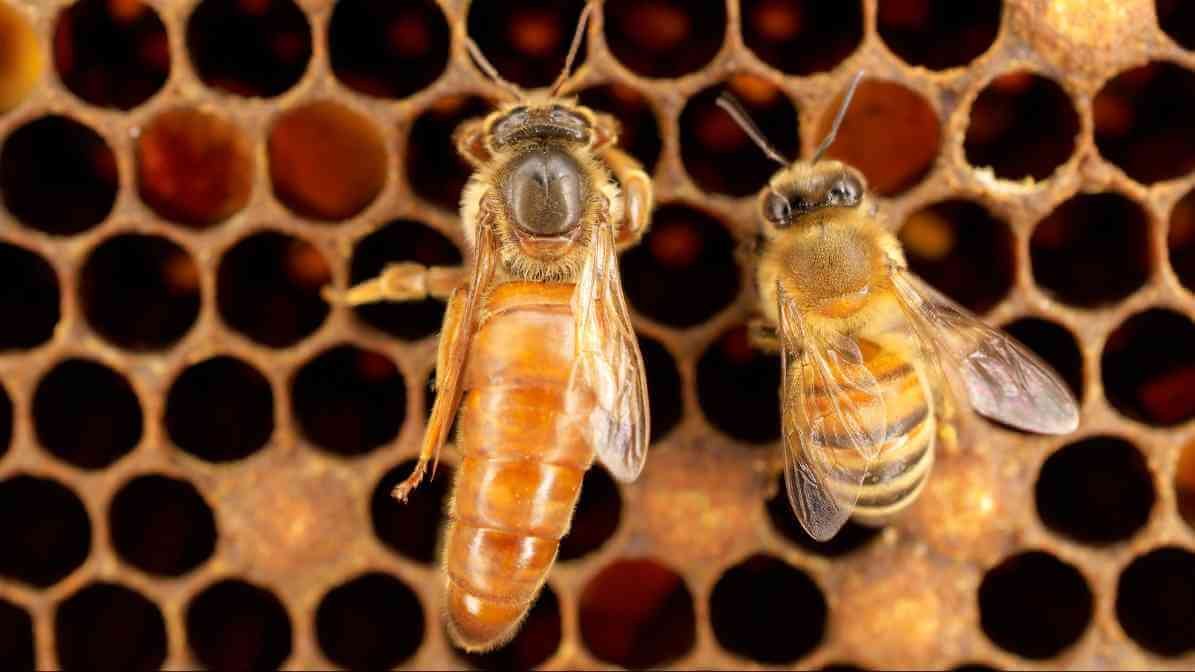
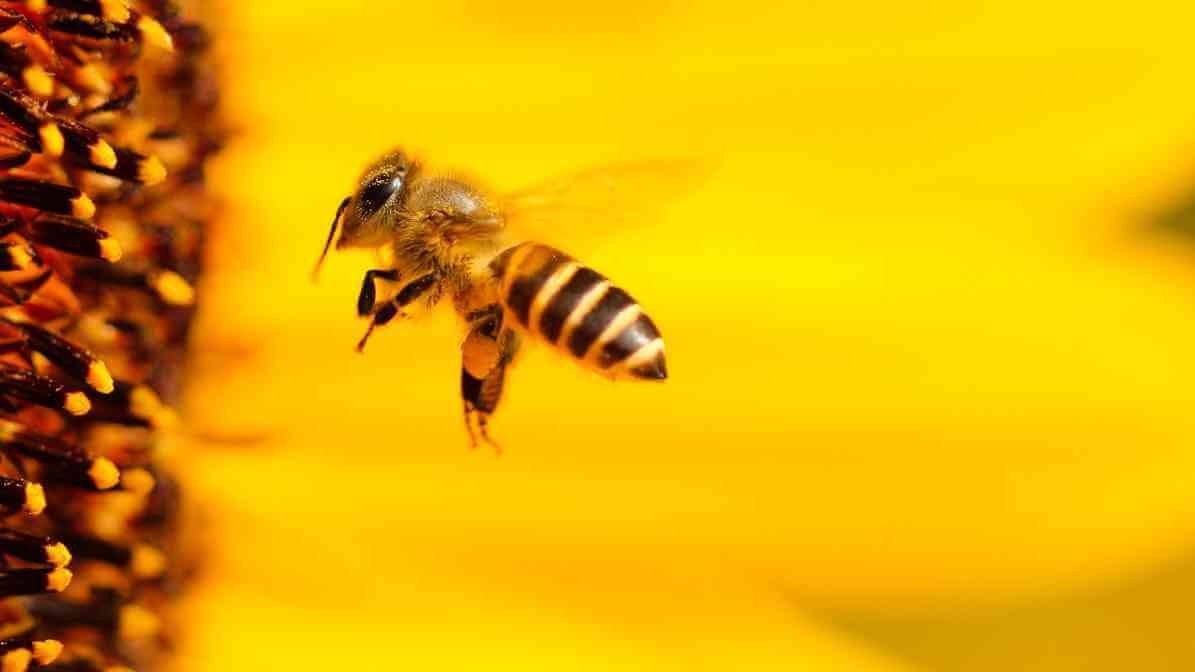
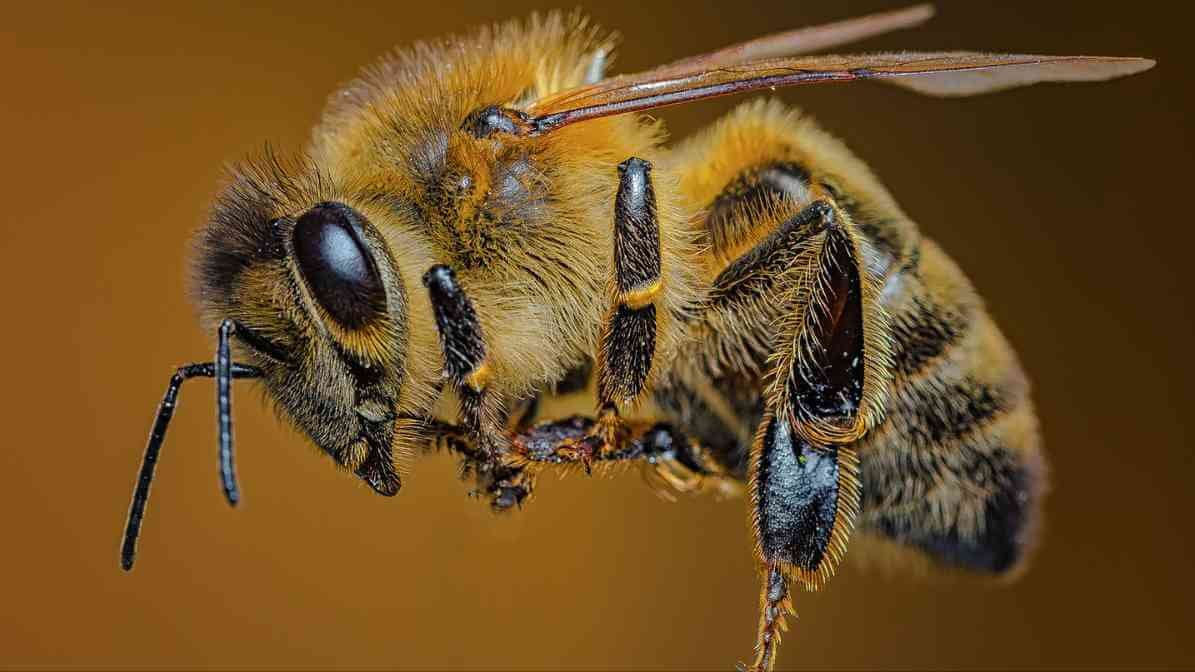
The Queen Bee
The queen bee is the heart of the colony with her primary role, reproduction. A healthy queen can lay up to 2,000 eggs per day, ensuring the growth and sustainability of the bee colony. The queen bee is also responsible for producing pheromones. This helps maintain the social structure of the hive and keep the worker bees align with the colony’s goals.
Worker Bees
Worker bees are the most numerous in a colony, comprising all the non-reproductive female bees. Their responsibilities are vast:
Foraging for Food
Workers collect pollen and nectar from flowers, which are vital for the nutrition of the colony. This symbiotic relationship with plant species fosters cross-pollination, benefiting both the bees and the plants.
Caring for Larvae
Worker bees take on nurturing roles, feeding the bee larvae and tending to their needs. Ensuring they develop into healthy adults.
Hive Maintenance
Worker bees are responsible for the construction and maintenance of the hive. Creating wax cells for brood rearing and storing food.
Defending the Colony
They also serve as guardians, protecting the hive from predators and threats.
Drones
Drones are the male bees whose primary purpose is to mate with a queen. Unlike worker bees, drones do not have stingers and do not participate in foraging or hive maintenance. Their role is crucial during mating flights when they seek to mate with a queen bee. After mating, drones die shortly after, fulfilling their purpose.
Bee Life Cycle Begins With The Drone
Bee Life Cycle : Reproductive Processes and Egg Laying
The reproductive cycle of bees is fascinating. Mating flights are a critical aspect of the queen’s life. Typically occurring on warm days, drones leave the hive to congregate in specific mating areas. In hopes to successfully mate with a queen who is taking her flight.
After a successful mating, the queen returns to the hive and starts laying eggs. The fertilized eggs develop into worker bees, while unfertilized eggs become drones. This separation is vital, as it ensures the colony has a balance of foragers and reproducers.
Bee Life Cycle for The Larval Stage, Growth, Nourishment and Development
Bee Life Cycle : Development of Bee Larvae and Nourishment
Bee larvae undergo significant growth during their development stage, primarily facilitated by the worker bees. Royal jelly, a high-nutrient substance secreted by glandular workers, provided to all larvae initially. Only those destined to become queens continue to receive it. This diet ensures that the future queen bee has the energy and resources needed to sustain the colony.
Worker bees introduce pollen and nectar to the larvae, providing essential proteins and carbohydrates that aid in their development. This nurturing environment allows young bees to grow rapidly, preparing them for the roles they will assume as adults.
The transition from larva to pupa is a critical stage in the development of bees. During this time, larvae spin silky cocoons that protect them as they undergo metamorphosis. The duration of the pupal stage varies slightly among different bee species but usually lasts about one week. When the pupae emerge as adult bees, they are fully form and ready to contribute to the colony.
How Do Bees Communicate With Each Other?
Bees use pheromones and perform a behaviour known as the waggle dance to communicate the location of food sources. The dance informs other bees about the distance and direction of the nectar.
Protecting This Diversity is Vital for The Future of Both Agriculture and Natural Ecosystems
The Diversity of Bee Species: Bumble Bees, Wild Bees and Solitary Bees
While many people are familiar with honeybees, especially the Apis mellifera, the world of bees is incredibly diverse. Featuring numerous species that have unique characteristics and roles in the ecosystem. Understanding these different bee species and their behaviours highlights the importance of preserving their habitats. Waggle dance is a remarkable behaviour that communicates the location of food sources to other members of the colony.
Ensuring efficient foraging and resource gathering. As they play distinct but equally crucial roles in pollinating and supporting diverse plant species.
Bumble Bees
Bumble bees are known for their robust bodies and fuzzy appearance. These social bees live in small colonies, typically consisting of around 50 to 400 individuals. Unlike honeybees, bumble bees do not store large quantities of honey, but they are excellent pollinators. Their ability to pollinate a variety of plant species makes them crucial for maintaining biodiversity and supporting agricultural ecosystems.
Wild Bees
Wild bees encompass countless species that can live solitarily or in small groups. These bees often do not produce honey but are vital for pollinating a wide range of flowering plants. Ground-nesting bees and mason bees are examples of wild bees that play a significant role in pollination. Solitary bees typically exhibit remarkable efficiency in their foraging efforts, contributing to the health of ecosystems while living independently.
Solitary Bees
Solitary bees are another essential group in the bee family. Unlike social bees, they do not form colonies and instead create individual nests. Many solitary species, such as leafcutter bees and carpenter bees, are excellent pollinators. They contribute to plant reproduction, requiring less maintenance than social bees, making them a resilient part of the ecosystem.
The Role of Bees in Ecosystem Health
Bee Life Cycle : The Significance of Pollen and Nectar in the Bee Diet
Pollen and nectar are essential components of the bee diet, providing the necessary nutrients for growth and development. Nectar serves primarily as a carbohydrate source, while pollen is rich in proteins, vitamins, and minerals. The foraging behaviour of bees is finely tune to maximise their efficiency in gathering these resources.
The interconnected relationship between bees and plants manifests during the foraging process. As bees collect pollen and nectar for their colonies, they inadvertently facilitate the pollination of flowers. This mutualistic relationship underscores the importance of bees in nature, as their foraging not only sustains their colonies. But also ensures the reproductive success of many plant species.
The change in dietary needs during a bee's life cycle also reflects their roles. For example, larvae require specific nutrients from royal jelly. Whereas adult worker bees need pollen and nectar to maintain their energy levels for tasks, foraging and hive maintenance.
Professional Bee Control Services
Innovative Pest Blog Summary
Recognising the need for bee-friendly practices is vital in ensuring their survival. Innovative strategies such as planting bee-friendly flowers. Supporting local beekeepers, and nurturing natural habitats can collectively foster environments where bees can thrive. Conservation efforts are essential for maintaining bee populations amid threats such as habitat loss, pesticide usage, and climate change.
Understanding the bee life cycle and roles of different bee species enhance awareness of the indispensable services they provide. As custodians of our environment, we must advocate for the protection of bees. Ensuring that these remarkable insects continue to flourish and support our ecosystems now and in the future. Embracing bee-friendly practices helps preserve populations, paving the way for continuous growth and harmony in nature's delicate balance.


